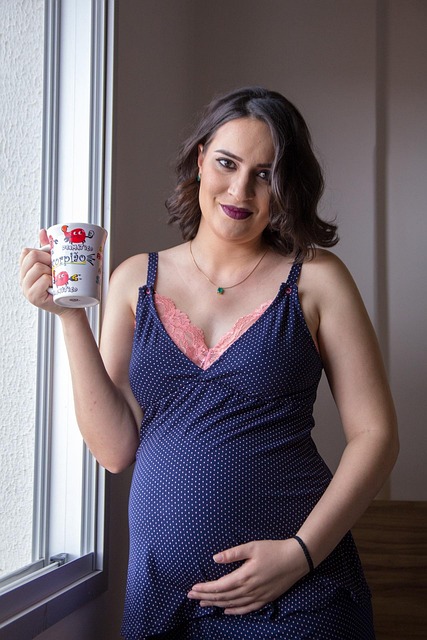In today’s digital landscape, conversations about gender identity are everywhere. Terms like gender fluid, transgender, and gender non-conforming are common, partly fueled by celebrities and public figures sharing their journeys. This has encouraged many to open up about their experiences with children facing similar challenges. We now even have shows dedicated to exploring the complexities of gender identity in youth.
As a parent navigating this terrain, I find myself grappling with feelings of fear and uncertainty. I have a daughter who defies traditional gender norms, and I’m on a mission to support her in a world that can be unkind. But let’s be honest—acknowledging this reality is intimidating.
When I was pregnant, I had a strong intuition that I was having a girl, even before the ultrasound revealed her gender. Oddly enough, I sensed she wouldn’t fit the typical mold. I requested no pink at her baby shower, opting instead for purples and greens. It just felt right for her. As she grew, I dressed her in clothes marketed for girls, but I always sensed a difference.
By the age of two, she showed a clear aversion to dolls and dresses, favoring cars and trucks instead. I brushed it off as a phase, thinking she’d eventually align with societal expectations. However, as she approached three, her preferences solidified. She wanted to wear blue—everything blue—and avoided anything remotely girlish. She expressed her dislike for her purple walls and consistently chose male characters in shows. It became increasingly clear that she was not conforming to society’s version of femininity.
Now at six, she’s making her own clothing choices, opting exclusively for boys’ clothing, and her interests lean heavily towards shows like Ninja Turtles and Power Rangers. She’s even been referred to as a boy by strangers in public, which she surprisingly embraces. When a cashier called her “buddy,” she smiled and said, “It doesn’t hurt my feelings when people call me a boy. I like it.” That statement struck me hard. It’s clear she feels a sense of comfort in her identity.
So, for those who insist this is simply a choice, I urge you to reconsider. Do you truly believe that a six-year-old is consciously choosing to be different, especially when it could alienate her from her peers? I want you to know that this isn’t a trend she’s following; it’s part of who she is.
Neither her father nor I have influenced this. She was born this way. Despite my own fears about her identity and societal acceptance, I’m striving to support her through an incredibly challenging journey. And yes, I do worry about the ramifications of being different in a world that can be cruel. The reality is, kids can be merciless, and the statistics on mental health among transgender youth are alarming.
Family and friends often tell me not to worry and that she’s just a child. But as her mother, I can sense the truth. She is unique, and I’m bracing myself for the next few years as she learns more about her identity and how society perceives her. It pains me to see her struggle to fit in, especially when she often plays alone at camp, feeling out of place both with the boys and the girls.
I also need to express my sadness about what I’ve lost in this experience. I’ll never get to enjoy traditional mother-daughter activities like dress-up or makeup shopping. I lament that the stereotypical girl I envisioned isn’t the reality I have. Yes, I acknowledge my feelings of disappointment, which may seem hypocritical given my advocacy for a less gendered society, but it’s a struggle I face.
However, the most important aspect of this journey is the love I have for my daughter and the pride I feel in her uniqueness. She connects with children with special needs, showing empathy and a desire to nurture. It fills me with joy to see her embrace her identity so boldly.
We are fortunate to have a supportive circle around us. Her best friend, a five-year-old boy, never questions her preferences and simply accepts her for who she is. If only the rest of society could adopt that mindset.
I encourage everyone to practice acceptance and foster understanding in our children. This simple act can make a world of difference for kids like mine. My daughter is not strange or wrong; she is simply herself, and I will always advocate for her—and for all children who find themselves in similar situations.
For more insights on parenting and home insemination, check out this informative piece on intrauterine insemination. If you’re exploring self-insemination options, consider this at-home insemination kit to get you started, or check out this baby maker kit for a comprehensive approach.
Summary:
Navigating the complexities of a child’s gender identity can be daunting for parents. This heartfelt exploration highlights the challenges and fears faced by a mother as she supports her daughter’s journey toward understanding her unique identity in a world that often promotes conformity. The importance of acceptance and love shines through, encouraging a more open-minded approach to gender diversity.
Keyphrase: “child gender identity”
Tags: [“home insemination kit”, “home insemination syringe”, “self insemination”]
